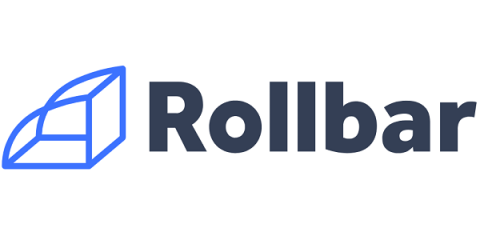How We're Improving Error Grouping
Imagine that you are developing an application and there's an error in the code. When you release it to production, this error causes hundreds of thousands of crashes. In this case, a logging tool would list all the crashes but an error monitoring tool, like Rollbar, would attempt to group the crashes together. Now you would receive just one notification about an error that crashed hundreds of thousands of times instead of many notifications about different crashes.










